Arianespace
Latest
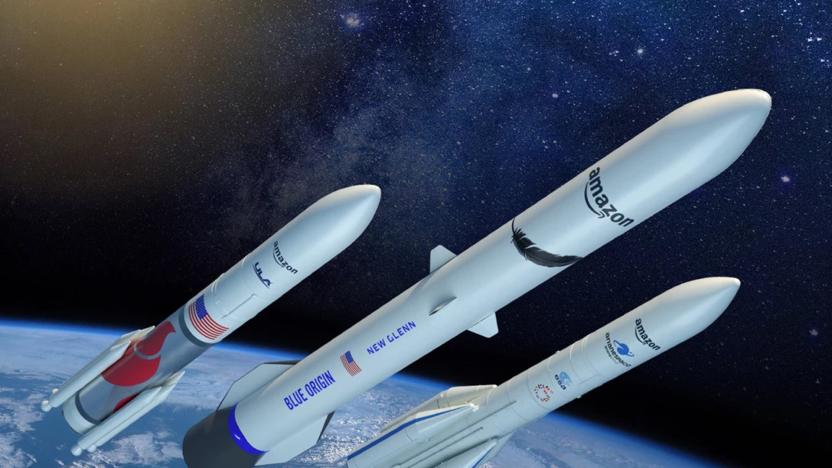
Amazon orders up to 83 launches for its Project Kuiper internet satellites
Amazon has secured as many as 83 launches for Project Kuiper internet satellites from rocket companies like Blue Origin.
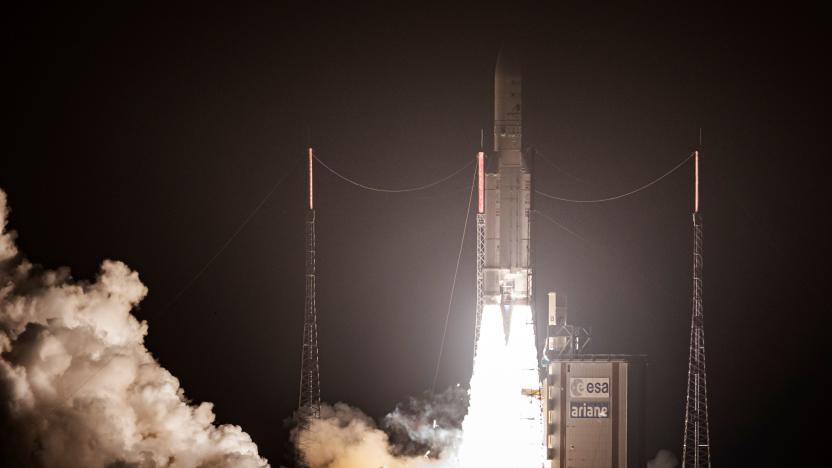
EU will speed up its spaceflight plans in response to SpaceX and China
The EU's space chief has promised to accelerate plans due in part to pressure from SpaceX and China.
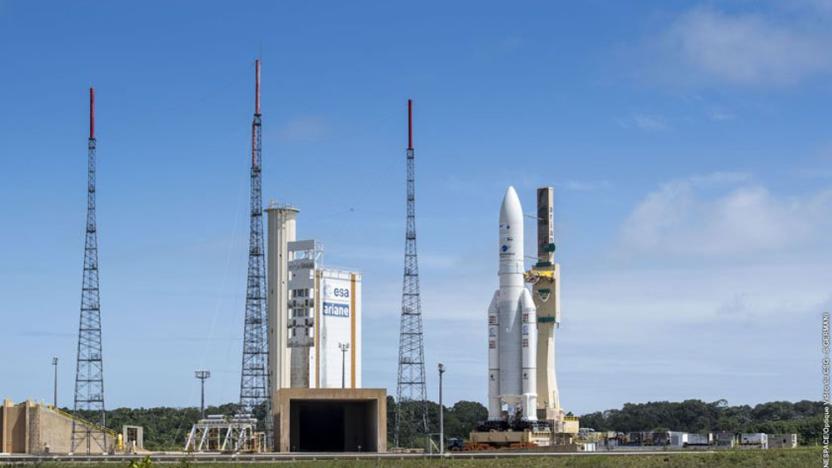
Ariane 5 ferried NASA instrument to orbit despite launch scare
The fate of Arianespace's latest launch was in limbo for over an hour after the company detected an anomaly. Ariane 5 lost contact with its ground controllers around nine minutes after liftoff, and Arianespace chief Stephane Israel had to issue an apology with the promise to get to the bottom of what happened. Thankfully, things turned out just fine: its payload communications satellites, the SES 14 and the Al Yah 3, have successfully made it to orbit and resumed communication with their operators. That's great news for NASA too, because it had a science instrument piggybacked on the SES 14 -- the first time one of its science missions flew as a "hosted payload," a term used for a module attached to a commercial satellite.
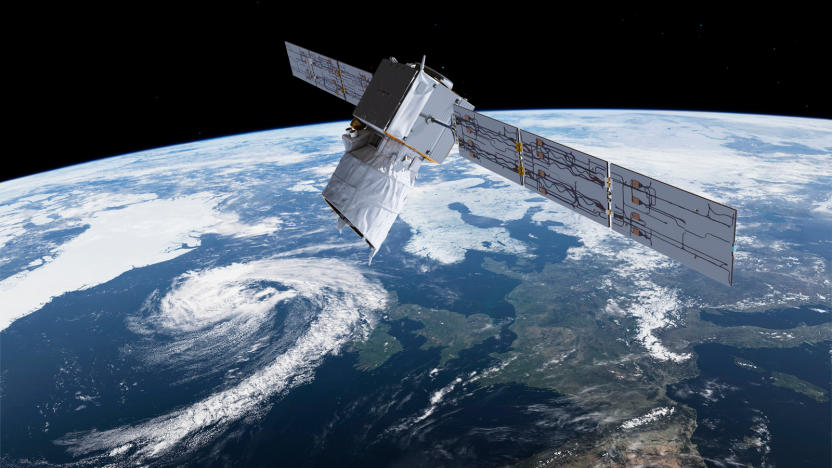
Europe's cutting-edge wind satellite should launch in 2017
Humanity is about to deepen its understanding of Earth's winds. The European Space Agency has secured a rocket launch deal for its wind-tracking Aeolus satellite, which is now expected to enter orbit before the end of 2017. The once-problematic spacecraft (technical issues postponed its 2015 launch) will be the first to profile wind on a worldwide scale thanks to the novel use of ultraviolet lidar in space. By bouncing laser light off of atmospheric air, dust and water, Aeolus will measure everything from cyclones to the presence of aerosols.
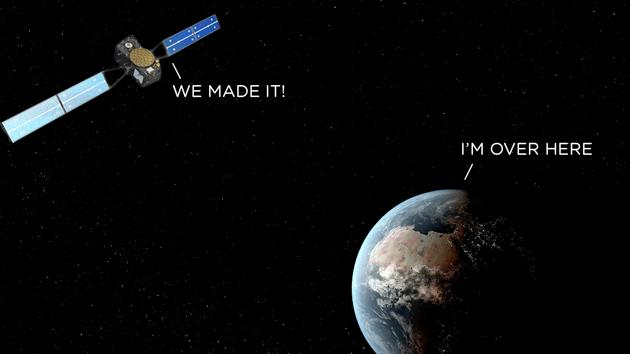
Europe launches two navigation satellites into the wrong orbit
Arianespace, the company that launches satellites for the European Union, has had to concede that its latest mission hasn't been a complete success. Friday's launch conveyed two satellites, Dorea and Milena, into orbit to help build out Galileo, the EU's homegrown alternative to GPS and GLONASS. Everything had gone to plan when the Soyuz rocket reached the upper atmosphere and deployed the satellites, but shortly after, authorities realized that the units were in "noncompliant orbit," which means they're spinning around the planet in the wrong orbit.

Hylas 1 satellite blasting off today, will rain down broadband from above
Europe's about to catapult a new satellite up into orbit today, this one with the stated goal of providing broadband internet access to people in the areas hardest to reach by terrestrial connectivity means. UK startup Avanti Communications is the official name responsible for the Hylas 1, which is a funny mix of private and public investment: it's a commercial venture, yet the British state has contributed £40 million ($63m) to its development and European Space Agency tech will be used to get that 2.6-ton antenna up beyond the planet's atmosphere. Ultimately, though, the goal's a good one -- up to 10Mbps connections will be on offer, with plans for further satellites already on the books, which should serve to expand internet accessibility in parts of Africa and Asia as well. The next Hylas tin can will be leaving terra firma in 15 months, provided there no unknown unknowns pop up during that time to get in its way.


